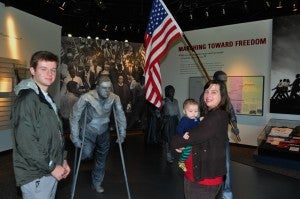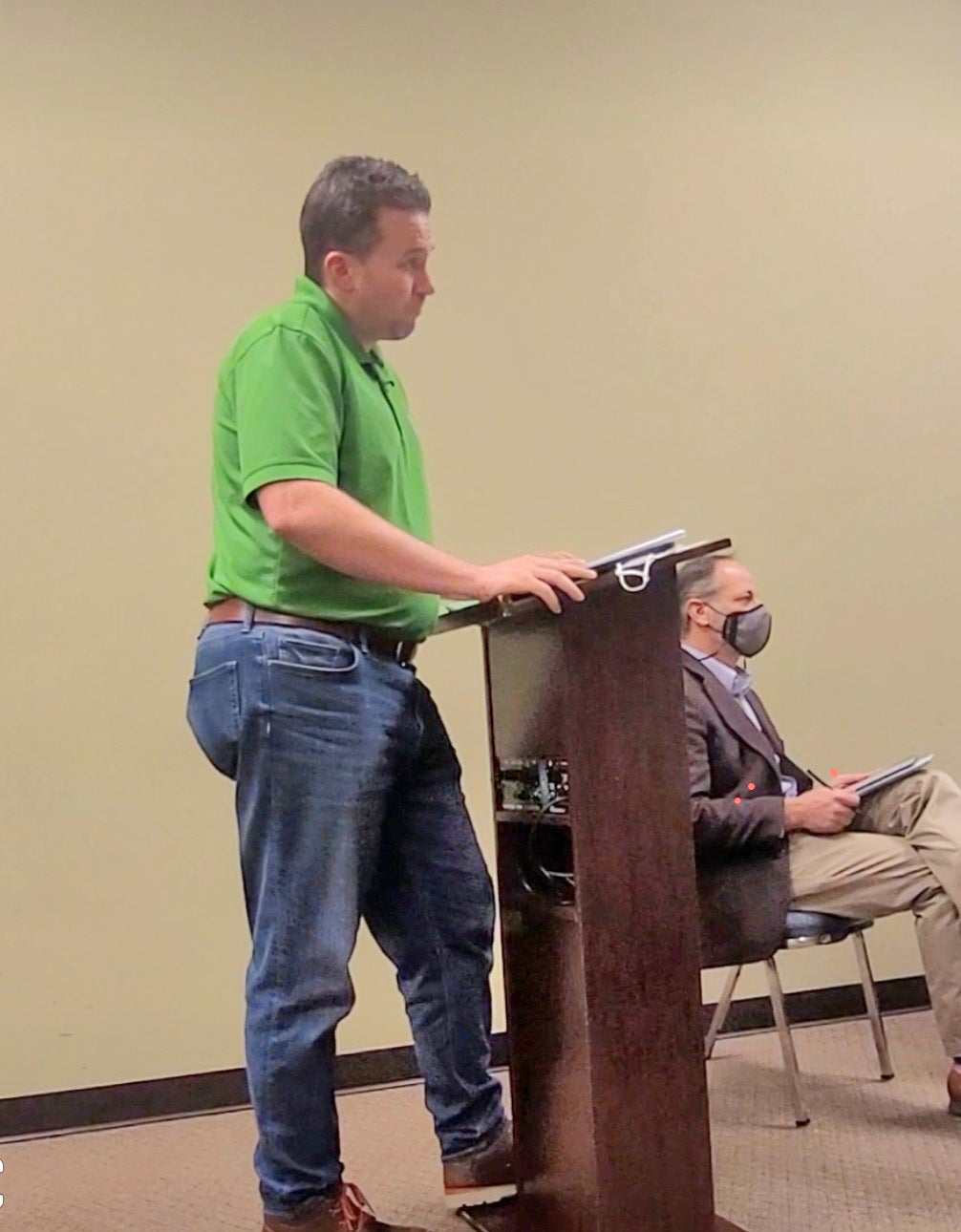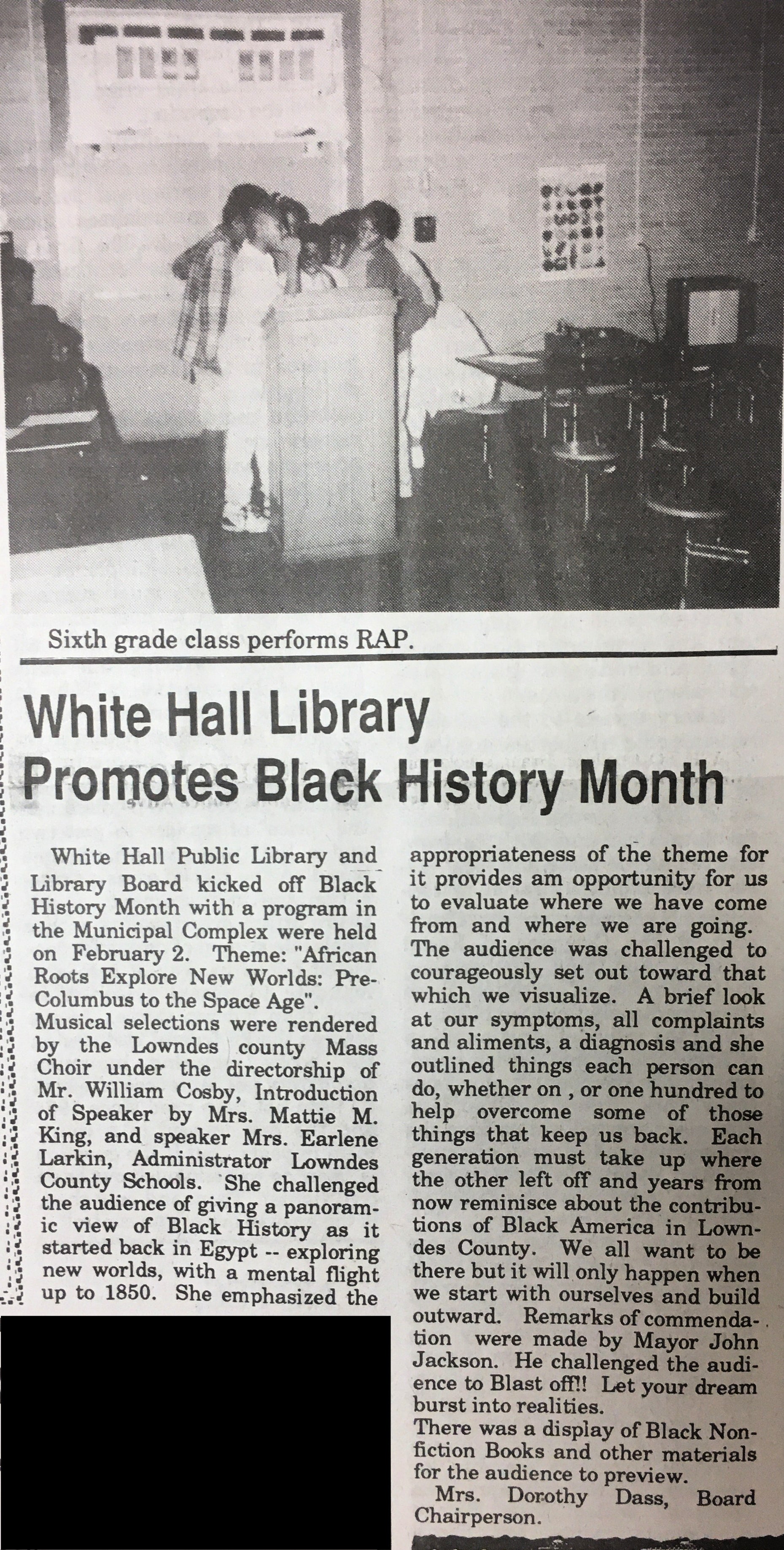Coming home to reflect on history
Published 5:41 pm Monday, January 18, 2016
|
Getting your Trinity Audio player ready...
|

Reflecting on history
On Martin Luther King Jr. Day, Monday, Jan. 18, Caleb Sowers, left, his mother, Julie Merrell, right, with Caleb’s brother, Wyatt Merrell, age 4 months, all of Asheville, N.C. stopped by the Lowndes County Interpretive Center in White Hall to reflect on the history of Martin Luther King Jr., the Selma to Montgomery March and the struggle for the right to vote. Originally from Auburn, they stopped by on their way to Gee’s Bend, located just south of Selma, to see the “beautiful” quilts made there.
By Fred Guarino
The Lowndes Signal
Caleb Sowers, 17, his mother, Julie Merrell, and his 4-month-old brother, Wyatt Merrell, all of Asheville, N.C. stopped by the Lowndes County Interpretive Center on Martin Luther King Jr. Day, Monday, Jan. 18, to reflect on the history of Martin Luther King Jr., the Selma to Montgomery march and the struggle for the right to vote on their way to see Gee’s Bend.
Caleb said, “We’re originally from Alabama, and we knew we wanted to come back and visit sometime, and Martin Luther King (Jr.) Day seemed like a pretty appropriate time to not only visit our old home in Auburn, but to come down and see the historical backing, the legacy of the state here on the trail from Selma to Montgomery.”
He said they were also headed to Gee’s Bend to see the quilting beauty there.
Julie Merrell said she felt it was her responsibility to bring her children to see the history. She said when she was a student at Auburn, she studied the quilts of Gee’s Bend, and that her son, Caleb, studied the quilts at Ashville High School, where he is a senior.
After touring the Interpretive Center, Caleb, said the “interpretive part” was pretty “key.” He said they came to see Gee’s Bend, but that it was important to understand that did not develop in a vacuum and it was important to understand that in context.
He said a “fantastic job” has been done with the Interpretive Center, which stresses the tensions and the things that led in to what happened… Bloody Sunday at the Edmund Pettus Bridge in Selma and the Voting Rights Act of 1965. He said he likes that it includes “the struggle is not over.”
Julie said she especially enjoyed seeing the Tent City, the actual tent and walking through it and “being able to perhaps feel what it might have been like to live there.” She said she “learned a lot.”
Julie is a former English teacher.
According to thekingcenter.org, “The King Holiday honors the life and contributions of America’s greatest champion of racial justice and equality, the leader who not only dreamed of a color-blind society, but who also lead a movement that achieved historic reforms to help make it a reality.”





